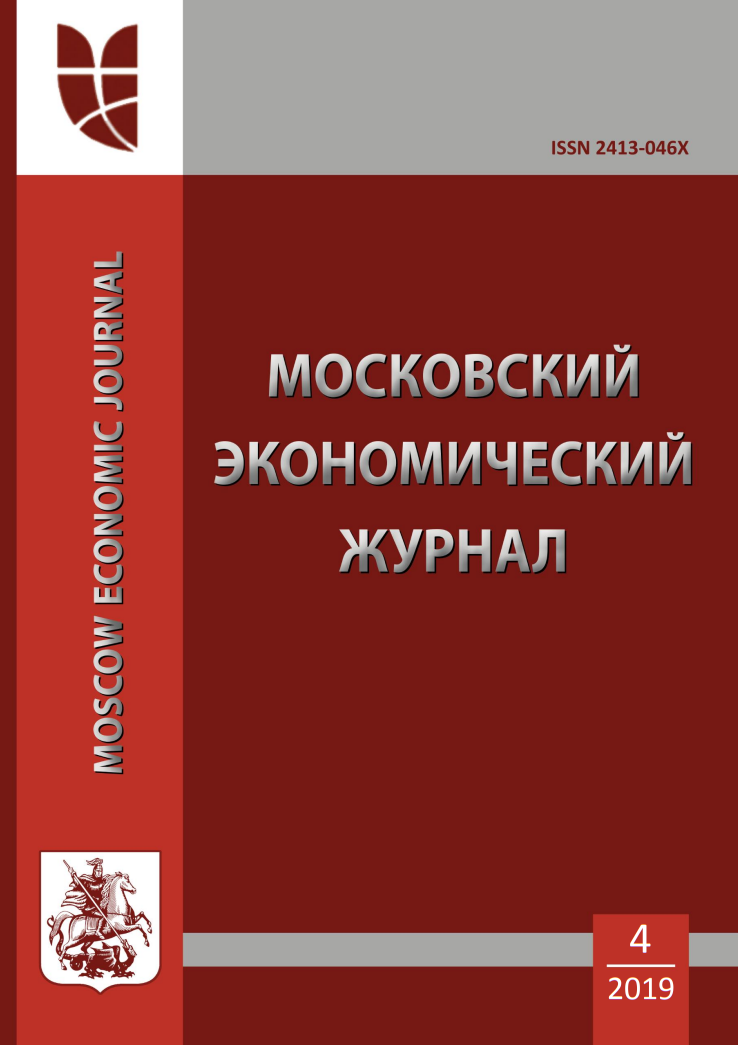Russian Federation
One of the major environmental problems is the pollution of natural objects with organic pesticides, which are highly toxic and persistent. Soils that have been contaminated, lead to the death of microorganisms, as well as reduce the valuable indicators of soil pH regulators and humus content. Among the various chemical ecotoxicants of anthropogenic origin, the most stable and dangerous for the environment and humans are organochlorine pesticides, of which DDT (dichlorodiphenyltrichloroethane) and hexachlorocyclohexane were widely used in the Kurgan region as insecticides for various economic purposes. The main purpose of the study was to study the residual concentrations of organochlorine pesticide DDT and its effect on the microbiological component of the soil of the Kurgan region. Research was carried out in 2015-2017 in the children's camp of rest and leisure. K. Myagotina, Kurgan region, Belozersky district,. Gas-liquid chromatography (chromatograph "Color 800") was used to determine the residual amount of DDT. As a result, there was definitely a residual amount of DDT in the soil and its effect on the soil microbiological abundance. The maximum value of the residual amount of DDT was observed in the spring of 2016, and amounted to 0.309 mg/kg (with a maximum MPC of 1,923 mg/kg), and the minimum value of the residual amount of DDT was observed in the spring of 2015, respectively, 0.096 mg/kg (with a maximum MPC of 0.213 mg / kg). During the study period, the obtained data on the residual amount of DDT does not exceed the maximum permissible concentration. The bacteriological analysis determined the number of soil microorganisms: ammonifying, nitrifying, denitrifying, nitrogen-fixing bacteria and microorganisms assimilating mineral nitrogen. Bacterial complex was investigated by culturing soil suspension on standard nutrient media: meat-peptone agar (MPA), starch ammonium agar (KAA), on the viticultural environment, the environment of Hutchinson on the environment Ashby. The study found that the highest rates for all types of microorganisms are observed in the control variant, and in the variants with the treatment of indicators below.
), soils, pesticides, microorganisms, culture media, samples, residual amount, MPC (maximum permissible concentration)
1. Tikunov V.S., Chereshnya O.Yu. Napryazhennost' ekologicheskoy situacii v regionah Rossii: metodika rascheta i vizualizaciya// Geografiya i prirodnye resursy. - 2016. - №2. S. 166-174.
2. Zabylov V.S., Krupnova T.G. Issledovaniya soderzhaniya hlororganicheskih pesticidov v ob'ektah okruzhayuschey sredy na territorii Chelyabinskoy oblasti//Vestnik YuUrGU. - 2014. - tom 6. - № 3. - S.39-43.
3. Boer I.V., Borcova I.Yu., Polonskaya D.E. Mikrobiologicheskaya harakteristika pochv pastbisch tehnogenno zagryaznennyh territoriy Krasnoyarskoy oblasti// Vestnik KrasGAU. - 2008. - №6. - S. - 13-18
4. Mel'nikov N.N., Novozhilov K.V., Belan S.R., Pylova T.N.- Spravochnik po pesticidam/N.N. Mel'nikov, K.V. Novozhilov, S.R. Belan, T.N. Pylova. - M.: Himiya, 1985. - 352 s.
5. Gorbyleva A.I., Vorob'ev V.B., Petrovskiy E.I.- Pochvovedenie/ A.I. Gorbyleva, V.B.Vorob'ev, E.I. Petrovskiy. - M.: INFRA-M, 2012. - 400 s.
6. RD 52.18.156 - 99 «Ohrana prirody. Pochvy. Metody otbora ob'edinennyh prob pochvy i ocenki zagryazneniya sel'skohozyaystvennogo ugod'ya ostatochnymi kolichestvami pesticidov/ FGBU «VNIIGMI-MCD» - Obninsk, 2008. - 15 s.
7. RD 52.18.649-2011 Massovaya dolya galoidorganicheskih pesticidov v probah pochvy. Metodika izmereniy metodom gazozhidkostnoy hromatografii/FGBU «VNIIGMI-MCD» - Obninsk, 2011. - 38 s.
8. Postovalov A.A. Metodicheskie ukazaniya k vypolneniyu laboratorno-prakticheskih zanyatiy po mikrobiologii. / A.A. Postovalov - Kurgan: Kurganskaya gossel'hozakademiya, 2015 - 45 s.
9. Iskakova A.N., Koshelev S.N. Antropogennaya nagruzka na ekologicheskoe sostoyanie pochv Aktual'nye problemy ekologii i prirodopol'zovaniya: materialy Vserossiyskoy (nacional'noy) nauchno-prakticheskoy konferencii. Pod obschey redakciey S.F. Suhanovoy. Kurgan: Izd-vo Kurganskoy GSHA, 2018. - S. 24-27.
10. Postanovlenie Glavnogo gosudarstvennogo sanitarnogo vracha RF ot 10 maya 2018 g. N 33 "Ob utverzhdenii gigienicheskih normativov GN 1. 2.3539-18 "Gigienicheskie normativy soderzhaniya pesticidov v ob'ektah okruzhayuschey sredy".
11. Mel'nikov N.N. Organicheskie soedineniya hlora v okruzhayuschey srede / N.N. Mel'nikov, S.R. Belan // Agrohimiya. - 1998. - № 10. - S. 83-93.
12. Popov V.E. Adsorbciya i migraciya toksichnyh hlororganicheskih soedineniy v pochvah: Avtoref. dis. kand. sel'hoz. nauk - Leningrad: 1984. - 25 s.
13. Smetnik A.A. Osobennosti povedeniya pesticidov v pochve / A.A. Smetnik, Yu.Ya. Spiridonov // Zaschita i karantin rasteniy. - 2002. - № 2. - S. 46-49.
14. Sokolov M.S. Fotoliz, sorbciya i migraciya pesticidov v pochvah i landshaftah / M.S. Sokolov, L.L. Knyr // Himiya v sel'skom hozyaystve. - 1973.- № 9. - S. 43-48.
15. Chekareva, T.G. Osobennosti razlozheniya DDT v razlichnyh pochvah v zavisimosti ot gidrotermicheskih usloviy / T.G. Chekareva, R.V. Galiulin, N.D. Anan'eva, N.V. Perfilova i dr. // Himiya v sel'skom hozyaystve. - 1981. - № 10. - S. 29-34.











